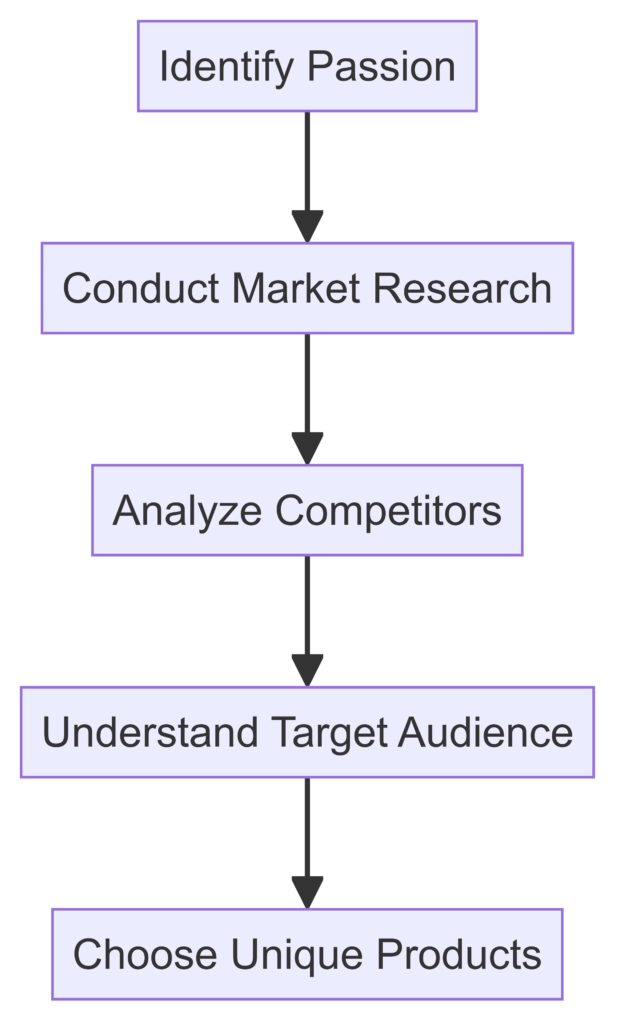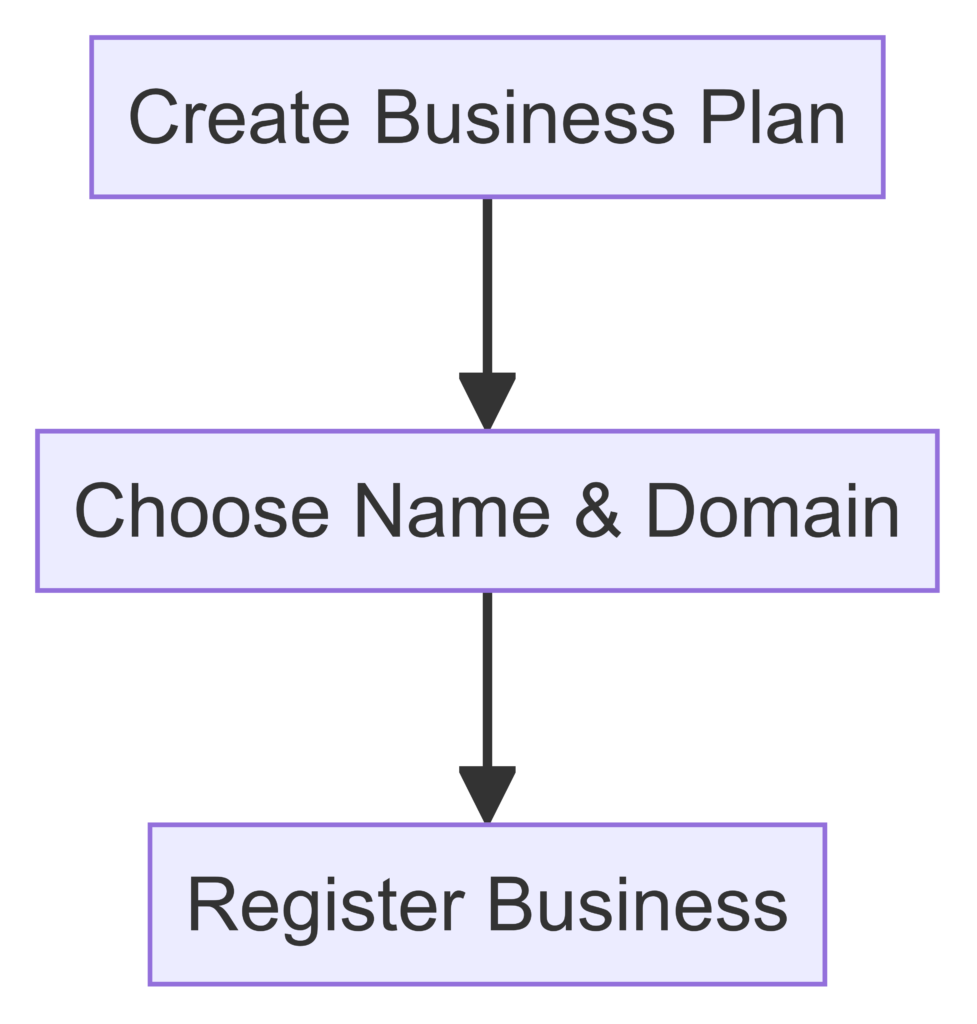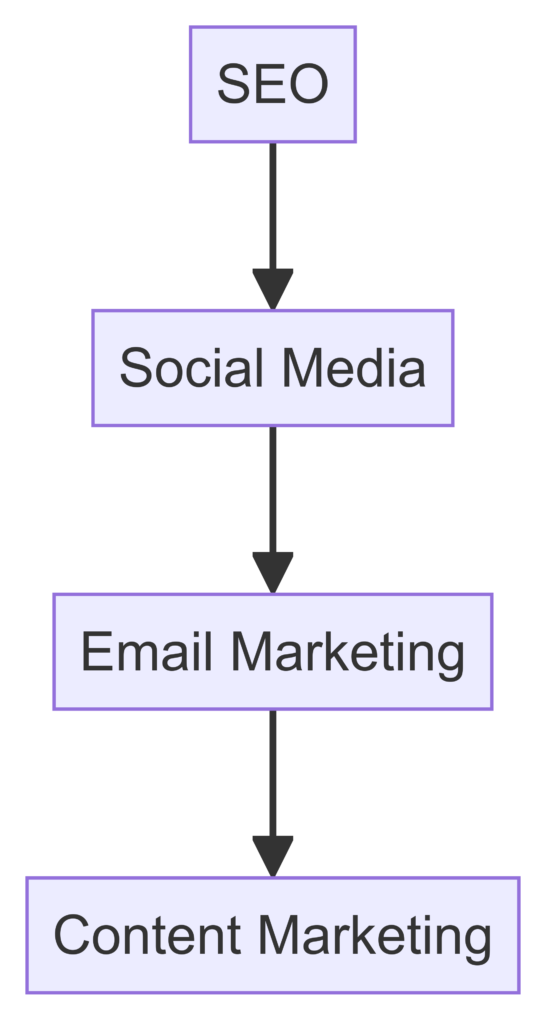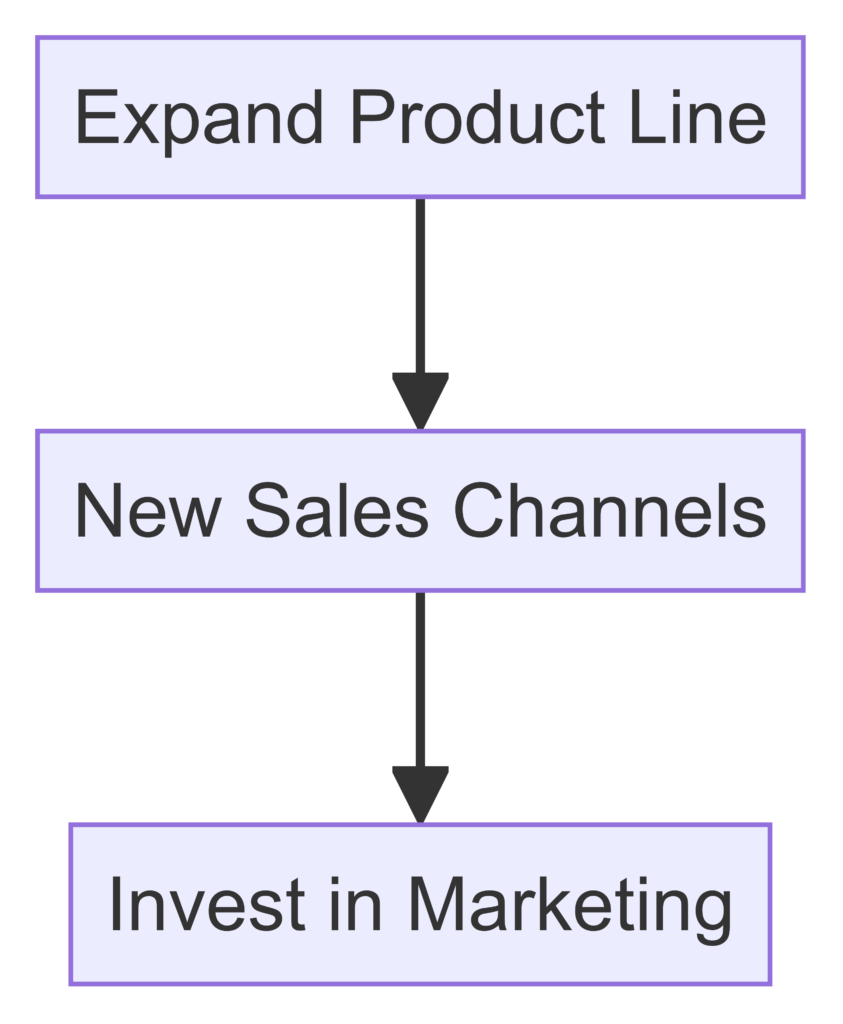
Have you ever thought about turning something you love into a money-making venture? With ecommerce, it’s easier than ever to start your own online store and make your dream a reality. This guide will walk you through the steps to launch a successful ecommerce business from scratch. Ready to dive in? Let’s get started!
Finding Your Niche
- Identify Your Passion
- Start with what you love and what you’re good at. Your passion can be the foundation of your business. Mastering Your Niche: A Comprehensive Guide for Business Owners
- Example: If you’re a fitness enthusiast, consider selling gym equipment, workout clothes, or health supplements.
- Market Research
- Check if there’s a demand for your product. Look at your potential competitors and understand your target audience.
- Tip: Use tools like Google Trends, SEMrush, and social media to gather insights.
- Choose Your Products
- Select products that align with your passion and have market potential. Think about what makes your products unique.
- Example: If you’re into eco-friendly living, you could sell reusable straws, organic skincare, or sustainable clothing.

Setting Up Your Ecommerce Business
- Create a Business Plan
- Outline your business goals, target market, marketing strategy, and financial projections. A solid plan will guide you through the startup process.
- Tip: Use online templates to help structure your business plan.
- Choose a Business Name and Domain
- Pick a catchy, memorable name that reflects your brand. Secure a matching domain name for your website.
- Tip: Keep it short, simple, and easy to spell.
- Register Your Business
- Decide on a business structure (e.g., sole proprietorship, LLC) and register your business with the appropriate authorities.
- Tip: Consult with a legal expert to ensure you meet all legal requirements.

Choosing the Right Ecommerce Platform
- Popular Platforms
- Shopify: User-friendly and perfect for beginners.
- WooCommerce: Great for WordPress users.
- BigCommerce: Ideal for larger stores with extensive product lines.
- Example: If you want an easy setup with lots of features, Shopify is a fantastic choice.
- Set Up Your Online Store
- Choose a theme that matches your brand and customize it to fit your needs. Add high-quality images, detailed product descriptions, and an easy-to-navigate layout.
- Tip: Make sure your site is mobile-friendly.
Sourcing Products
- Manufacturers and Wholesalers
- Find reliable suppliers for your products. Look for quality, cost, and delivery times.
- Tip: Use platforms like Alibaba and TradeIndia to connect with suppliers.
- Dropshipping
- Consider dropshipping if you don’t want to hold inventory. Partner with suppliers who handle storage and shipping.
- Example: Sites like Oberlo and Spocket can help you find dropshipping suppliers.
- Create Your Own Products
- If you’re crafty or have a unique product idea, consider making your own products.
- Example: Homemade jewelry, custom t-shirts, or artisanal foods.
Marketing Your Ecommerce Business
- Search Engine Optimization (SEO)
- Optimize your website to rank higher in search engine results. Use relevant keywords, create quality content, and improve site speed.
- Tip: Use tools like Google Keyword Planner to find the best keywords for your niche.
- Social Media Marketing
- Promote your products on social media platforms like Instagram, Facebook, and Pinterest. Engage with your audience through posts, stories, and ads.
- Example: Share user-generated content and run contests to boost engagement.
- Email Marketing
- Build an email list and send regular newsletters with updates, promotions, and valuable content.
- Tip: Use email marketing tools like Mailchimp or Klaviyo to automate your campaigns.
- Content Marketing
- Create valuable content like blog posts, videos, and infographics to attract and engage customers.
- Example: Write blog posts about how to use your products, industry trends, or customer success stories.

Managing Your Ecommerce Store
- Inventory Management
- Keep track of your stock levels and update your inventory regularly. Use inventory management software to automate this process.
- Tip: Set up alerts for low stock levels to restock timely.
- Customer Service
- Provide excellent customer service through multiple channels like email, phone, and live chat. Happy customers are more likely to return and recommend your store.
- Example: Set up a FAQ section on your website to address common questions and reduce the load on your support team.
- Analytics and Reporting
- Monitor your store’s performance using analytics tools. Track key metrics like traffic, conversion rates, and average order value.
- Tip: Use Google Analytics to gain insights into your customers’ behavior and identify areas for improvement.
Scaling Your Business
- Expand Your Product Line
- Introduce new products to attract more customers and increase sales.
- Example: If you sell fitness equipment, consider adding workout apparel or supplements.
- Explore New Sales Channels
- Sell on additional platforms like Amazon, eBay, or Etsy to reach a broader audience.
- Tip: Diversify your sales channels to reduce dependency on a single platform.
- Invest in Marketing
- Allocate more budget to your marketing efforts to drive traffic and sales.
- Example: Run targeted ads on social media and search engines to reach new customers.
- Automate and Outsource
- Automate repetitive tasks and consider outsourcing areas like customer service and order fulfillment to focus on growth.
- Tip: Use tools like Zapier to automate workflows and connect different apps.

Conclusion
Starting an ecommerce business can be incredibly rewarding, especially when it’s built around your passion. By following these steps, you can turn your dream into a profitable reality. Remember, the key to success is planning, persistence, and continuous learning. So, what are you waiting for? Start today and transform your passion into profit!214us

